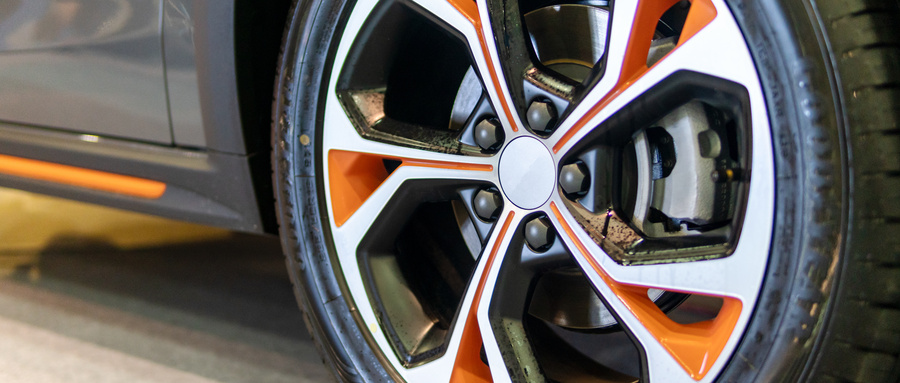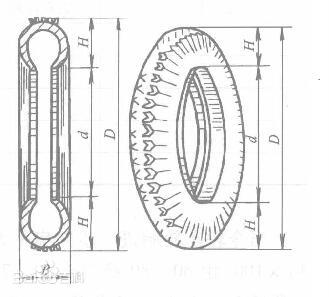
There are basically two systems for representing tire specifications: the metric system and the English system, with most countries including China using the English system. The size labeling of pneumatic tires is shown in the figure.

The high-pressure tire is represented by adding a multiplication sign between two numbers, i.e. D × B ["D" represents the nominal outer diameter of the tire in inches“ ×” Represents high-pressure tire, "B" represents tire cross-sectional height in inches.
High pressure tires are less commonly used in automobiles, and low-pressure tires are widely used in automobiles.
Low pressure tires are also separated by two numbers and a split line in the middle, i.e. B-d ["B" represents the tire section width in inches, "-" represents low pressure tires, and "d" represents the rim diameter in inches].
The representation method for ultra-low pressure tires is the same as for low-pressure tires.
According to national regulations in China, in addition to the tire specifications on both sides of the outer tire, the manufacturer's trademark, level, high load, corresponding air pressure, production number, etc. should also be marked. To facilitate the identification of the fetal cord, the sidewall is also marked with Chinese pinyin letters. For example, M (or no character) represents cotton cord tire, R represents artificial silk cord tire, N represents nylon tire, Z represents radial tire, G represents steel wire tire, ZG represents steel wire radial tire, etc.
Nowadays, car tires are further developing towards a flat direction, with a flat ratio of height to width [(H/B) x100] ranging from 60 to 80 to 50 to 70. Several types of tires are commonly used, such as 50, 55, 60, 65, and 70, with a few cars already using sizes 40 and 45.
The new tire series representation method in the United States uses a "letter number" symbol based on "flatness", such as a tire labeled F78-14, where F represents the tire's load-bearing capacity; The first number refers to the "flattening rate" of H/Bx100, and the number 78 indicates that the height of the tire is 78% of its width. The lower this value, the flatter the tire section; The second number 14 indicates that the rim diameter is 14 inches. The unit of load-bearing capacity is kg, and the letters indicating load-bearing capacity and the loads borne are as follows: A-410, B-445, C-480, D-510, E-540, F-580, G-620, H-685, I-715, K-735, L-760, M-810, N-850, V-295, W-320, Y-350, Z-375.
Due to the emergence of radial tires and "flat tires", new tire size parameter symbols have emerged. The new tire size series currently adopted by countries such as the United States and Japan is based on the aspect ratio (H/B) as the basis for tire classification, known as "flatness". The representation method for radial tire specifications is to place the "R" marking the radial tire between the section width and the rim diameter. For example, the model 185/60R14 has a meaning from left to right: the number 185 represents a tire width of 185mm, the number 60 after the symbol "/" indicates a flat ratio of 60%, the letter "R" indicates that the tire is a radial tire, and a number indicates a rim diameter of 14in (356mm).








